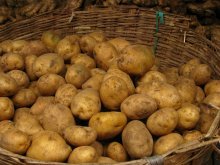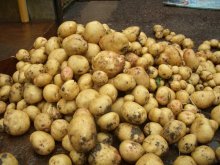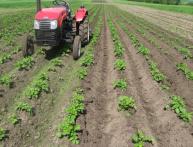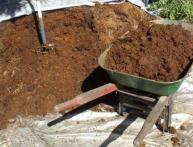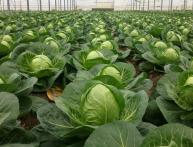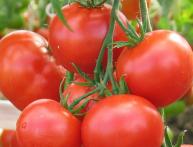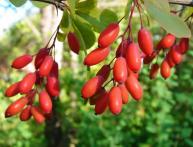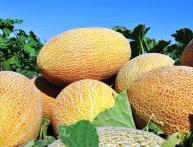How can you increase potato yields?

Potato yield is influenced by many factors. The variety, fertilizing, and soil quality play an important role. We cannot do without high technology. If you approach the issue wisely growing potatoes, from one hundred square meters you can get up to 500 kg of harvest.
Content:
- Autumn soil preparation
- How to prepare the soil in spring
- Preparation of planting material
- Variety selection
- Modern methods for increasing productivity
- Planting potatoes
Autumn soil preparation
It is worth noting that potatoes should grow in sunny areas, since they are a light-loving plant. The following types of soil are suitable for potatoes:
- loamy
- sandy loam
- peat
- black earth
Good results cannot be achieved on clay and sandy soil. Such soils must be pre-prepared in a special way, then the yield indicators will significantly improve. Work to increase yields begins in the fall. At this time, they begin to prepare the ground. Soil preparation begins in the fall. Proceed as follows:
- the area is cleared of weeds and remnants of the previous harvest
- carefully dig up the soil, dig with a shovel and turn over the layer of earth
- so that the soil freezes and pests died from winter frosts, the ground is not leveled or compacted
- in order to protect against harmful insects, potassium fertilizer or ash is introduced into the soil in the fall
Potassium fertilizers make potatoes loose and can be applied in the spring.But chlorine-containing potassium fertilizers are applied only in the fall, since they can worsen the quality of the crop. The soil allocated for planting potatoes should not be excessively acidic. If the soil is still acidic, liming is carried out in the autumn. With the help of autumn preparation, you can achieve not only high yields, but also influence the quality of the future harvest.
How to prepare the soil in spring
In order for the soil to retain spring moisture, it is necessary, as soon as the soil dries out a little and begins to crumble, to loosen it with a rake. After the top layer of soil has warmed up under the sun's rays, it is dug up and loosened again. Spring tillage is carried out in order to loosen the soil and retain spring moisture, which is of particular value.
The soil is also treated to prevent the spread of pests. In the spring, they add to the soil where potatoes will grow. fertilizers. Suitable for fertile soil:
- compost
- superphosphate – 2 kg
- potash fertilizers – no more than 1.5 kg
Poor soil is fed with a large amount of fertilizers, the amount of listed fertilizers is increased by one and a half times. Peat soil requires:
- superphosphate – no more than 4 kg
- potash fertilizers – about 2.5 kg
- boric acid – up to 50 g
Any type of soil can be fed with wood ash. You can take no more than 10 kg per hundred square meters. Manure, compost or superphosphate are used to nourish the soil. They are deepened into the soil by half a shovel. Tubers are planted in well-warmed and prepared soil, otherwise the vegetables may rot.
Preparation of planting material
Before planting, the planting material is disinfected. This will affect productivity and protect against diseases and pests.Tubers can be soaked in a solution, or they can be processed from a sprayer. It is better to do this when the eyes have not yet appeared. The disinfectant solution can be made using one of the following methods:
Recipe 1:
- copper sulfate – 5 g
- boric acid – 15 g
- potassium permanganate – 0.5 g
- water – 10 l
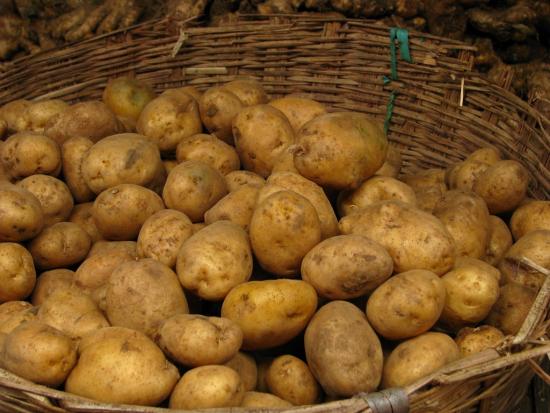
Recipe 2:
- superphosphate – 60 g
- urea – 40 g
- copper sulfate – 5 g
- potassium permanganate – 1 g
- boric acid – 10 g
The material begins to be prepared in advance a month and a half before landings. After treatment with solutions, the tubers are laid out in a bright room, but direct sunlight should be avoided, otherwise the potatoes may shrink. But a dark room will not work either; without light, the sprouts will be thin and underdeveloped.
You should not choose too small potatoes for planting. Small tubers will grow from the change. In order for the harvest to be substantial, you should opt for tubers weighing about 100 g.
If you grow the same potato variety on the same plot every year for 5-6 years, then the variety will soon degenerate, in which case you won’t be able to get a decent harvest. The potato variety needs to be updated every five years. You can grow planting material yourself; it will be both economical and reliable planting potatoes.
Variety selection
More than 30 varieties of potatoes are grown in Russia. Early varieties have good yields. Along with the early variety, you can also grow a late variety to prepare it for the winter. But late varieties are suitable only for the southern regions of Russia. Among the early varieties, experienced gardeners choose the following types:
- Luck
- Flight
- Spring
- Vineta
Their maturation occurs within two months. Mid-early potato ripens after 70 days.Among potatoes of this type, the most popular are:
- Mermaid
- Mystery
- Alice
Late potatoes ripen in 110 days. Recommended varieties for planting:
Modern methods for increasing productivity
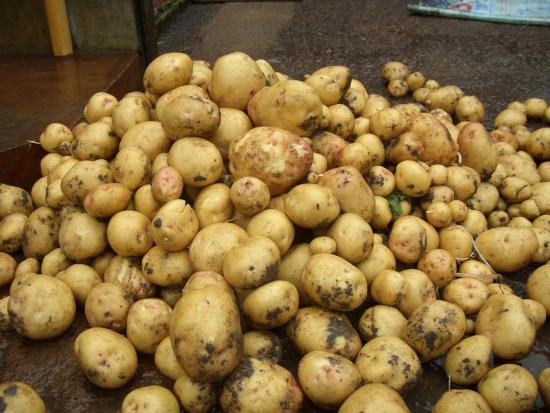
Agronomists have developed many techniques that improve potato yields. To do this, cuts are made on the tuber. They can be different:
- A deep cut across the potato thus activates the lower sprouts, which most often do not germinate.
- A circular cut, which is made in the upper part of the tuber, allows the internal juices to be evenly distributed inside the potato.
When making cuts on planting material, it is necessary to treat the knife in a weak solution of potassium permanganate. Although this method affects productivity, at the same time it carries a certain amount of risk. Since the smell of cut potatoes can become a bait pests.
Planting potatoes
Potatoes are planted in heated soil; if they are planted in unheated soil, the tubers will freeze and stop developing. Planting technology can be different, the most popular of them are:
- into the hole
- to the ridge
- between furrows
The choice of methodology is carried out taking into account the characteristics of the area. If groundwater rises to the surface, then it is better to plant on a ridge, the height of which is about 15 cm. In the absence of groundwater, the choice is to plant in holes.
There is no need to place potatoes close to each other; there should be enough space for the growth and development of both tubers and tops. The bushes are placed at a distance of 40 cm from each other, and indentations equal to one meter are made between the ridges. After a week, the first shoots will appear; until this time, the plantings do not need to be watered.
It is necessary to carry out weeding from weed, simultaneously loosening the soil and saturating it with oxygen. In the future, the ridges are loosened after each rain. By following a few simple rules, you can achieve amazing results and get a high potato yield.
Video on how to increase potato yields:

